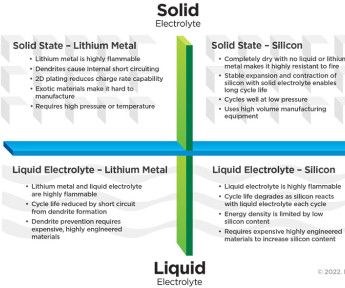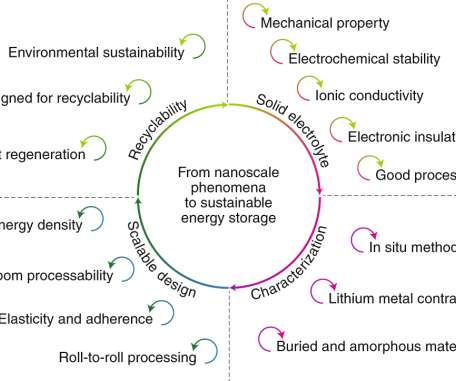Danish Power Systems sets new record with degradation rate in high-temperature polymer fuel cells
Green Car Congress
SEPTEMBER 25, 2017
The clean technology company Danish Power Systems (DPS), with partners at the Technical University of Denmark (DTU) and the University of Chemistry and Technology in Prague, Czech Republic, reports the best operating stability for high-temperature polymer fuel cells (HTPEMFC) yet. μV h −1 for a reference membrane.



























Let's personalize your content